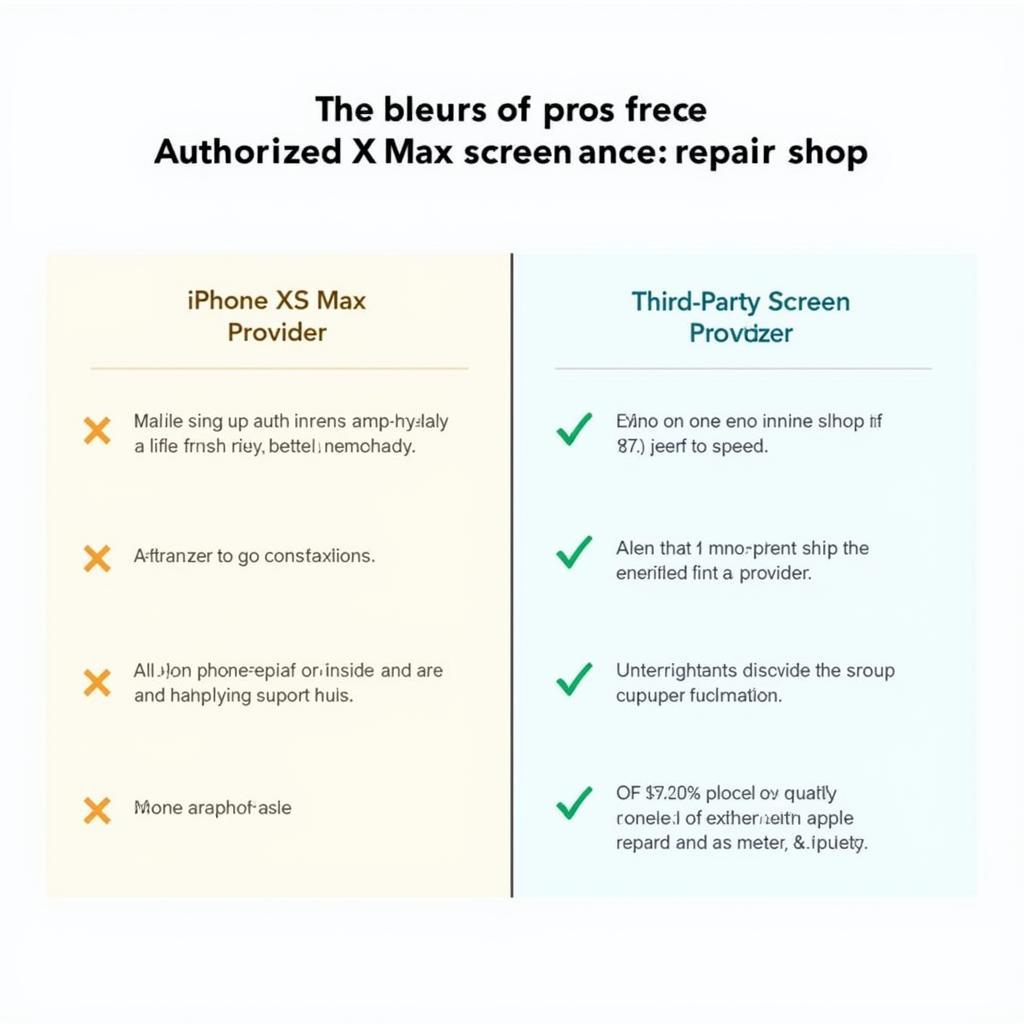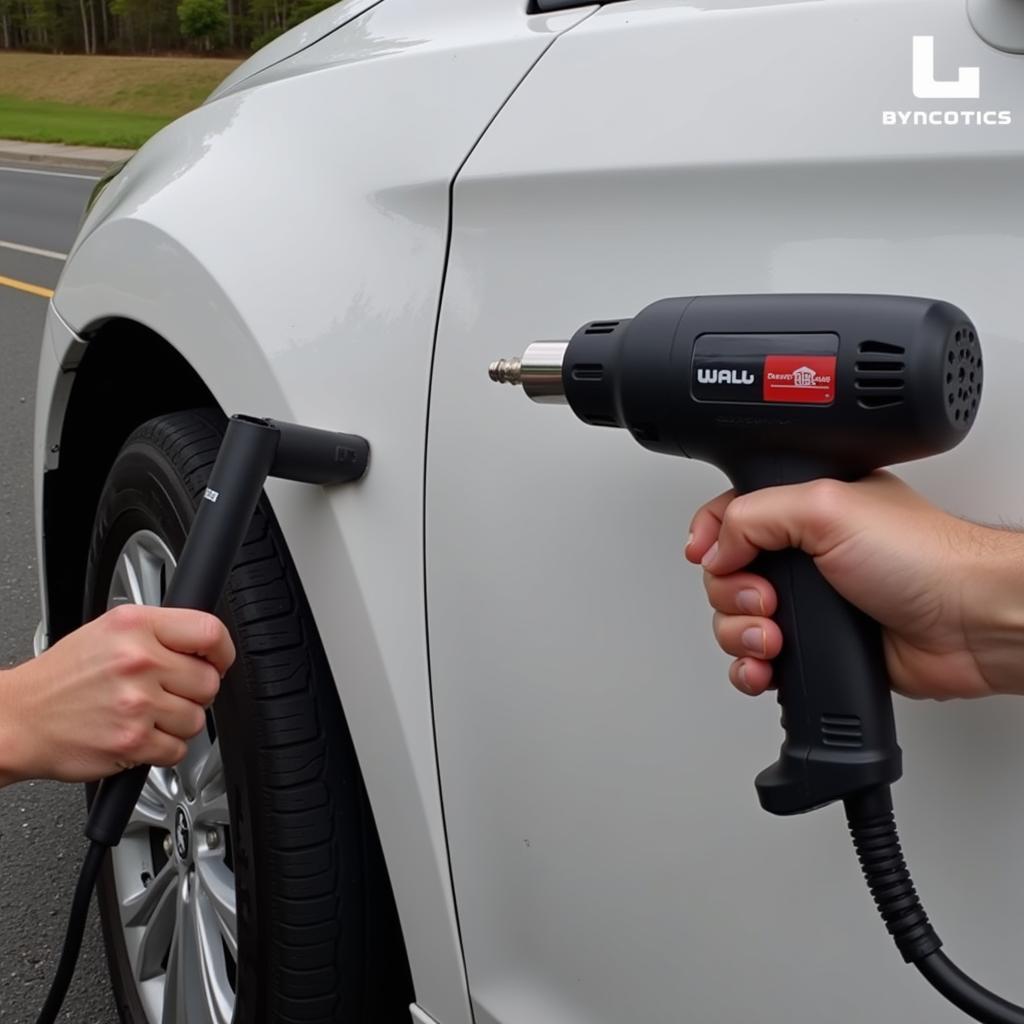Dealing with a paint scrape on your car can be frustrating, but it’s a common issue. Whether it’s a minor scratch from a wayward shopping cart or a more significant scrape from a parking lot mishap, knowing how to fix it can save you money and keep your car looking its best. This guide will provide you with a comprehensive understanding of how to assess the damage and choose the right repair method for your specific situation.
Assessing the Damage: Light Scrape vs. Deep Scrape
Before you start, it’s crucial to determine the severity of the paint scrape. A light scrape usually only affects the clear coat, appearing as a light scratch. A deep scrape, however, penetrates through the clear coat and into the color coat, sometimes even reaching the primer or bare metal. Knowing the difference will determine the best course of action. For less severe damage, check out our guide on how to fix a scrape on a plastic car bumper.
How Can I Tell if the Scrape Is Deep?
A simple way to tell is to run your fingernail across the scrape. If your nail catches, it’s likely a deep scrape requiring more than just a simple touch-up. Deep scrapes might also expose different layers of paint, such as the primer or metal underneath.
Fixing a Light Paint Scrape: DIY Solutions
For light scrapes, you can often tackle the repair yourself with a few readily available products.
-
Wash and Dry the Area: Thoroughly clean the scraped area with car wash soap and water to remove any dirt or debris. Dry completely with a clean microfiber towel.
-
Apply Rubbing Compound: Using a microfiber applicator pad, apply a small amount of rubbing compound to the scrape in a circular motion. This will gently remove the superficial scratches.
-
Buff and Polish: After the rubbing compound, use a polishing compound to further refine the surface and restore shine.
“For minor scrapes, rubbing compound and polish can work wonders,” says automotive expert, Michael Carter. “It’s a cost-effective solution for maintaining your car’s finish.”
Repairing a Deep Paint Scrape: Professional or DIY?
Deep paint scrapes require a more involved approach. You have two options: professional repair or DIY.
Should I Repair a Deep Scrape Myself?
DIY repair involves sanding, priming, painting, and clear coating. It’s a time-consuming process requiring patience and precision. If you’re not comfortable with these steps, it’s best to seek professional help. Damaged bumpers? Check our guides on how to fix a broken plastic car bumper, how to fix a hole in a plastic car bumper and how to fix a cracked plastic bumper on a car.
When Should I Seek Professional Help?
If the scrape is extensive, exposes bare metal, or you’re unsure about the DIY process, consult a professional. They have the expertise and tools to ensure a flawless repair. You can also explore solutions for repairing plastic car parts by checking our guide on how to fix car bumper plastic.
“Professional repairs ensure a perfect color match and a long-lasting finish,” advises Maria Sanchez, a seasoned auto body technician. “While DIY can be tempting, professionals have the expertise to handle complex repairs effectively.”
Conclusion: Keep Your Car Looking Its Best
Knowing how to fix a paint scrape on your car empowers you to address minor cosmetic damage and maintain your vehicle’s appearance. Whether it’s a simple buffing or a more involved repair, taking action promptly prevents further damage and keeps your car looking its best. For further assistance or personalized advice, feel free to contact AutoTipPro at +1 (641) 206-8880 or visit our office at 500 N St Mary’s St, San Antonio, TX 78205, United States.






Leave a Reply